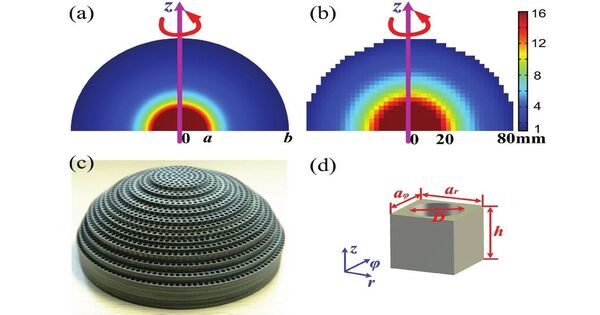Transformation optics is a fascinating branch of physics and engineering that uses transformation principles to modify electromagnetic fields. It is a subfield of optics that uses metamaterials to generate spatial differences resulting from coordinate transformations that can direct certain wavelengths of electromagnetic light.
Simply put, transformation optics allows engineers to create materials that can bend, steer, or manipulate light in unforeseen ways. This principle has resulted in the development of ground-breaking technology such as invisibility cloaks, which bend light around things to make them invisible to specific wavelengths of light.
This enables the development of novel composite artificial devices that would not be possible without metamaterials and coordinate transformation. It is based on the concept of coordinate transformation, which enables one to map the behavior of light and other electromagnetic waves through complicated materials.
One of the core notions of transformation optics is that the behavior of electromagnetic fields can be altered by changing the geometry of the space through which they travel. Researchers can regulate the passage of light in previously unthinkable ways by carefully controlling the shape and properties of nanoscale materials.
Computing power, which became available in the late 1990s, allowed the specification of quantitative values for permittivity and permeability, the constitutive characteristics that cause localized spatial fluctuations. The sum of all the constitutive characteristics generates an effective value, which produces the expected or desired outcomes.
This subject has important implications for a variety of applications, including telecommunications, imaging, and sensing. For example, transformation optics could lead to the creation of ultra-compact optical components for usage in smartphones or high-speed data transmission systems.
Overall, transformation optics represents a revolutionary approach to controlling light and other electromagnetic waves, with the potential to transform numerous aspects of technology and science. Hence, complex artificial materials, known as metamaterials, are used to produce transformations in optical space.
















